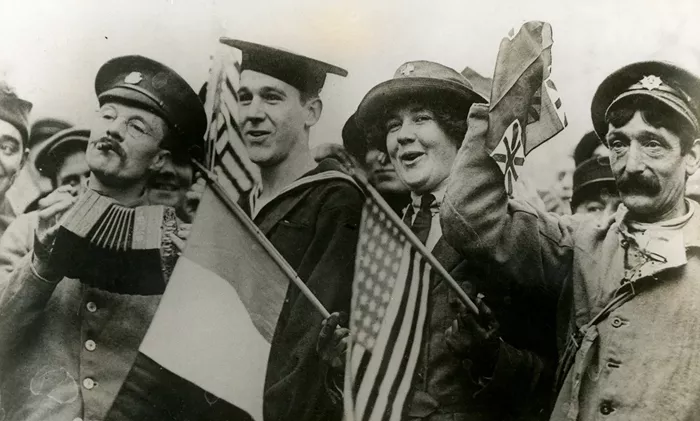The 11th day of the 11th month in 1918 marks a pivotal moment in global history—the signing of the Armistice that ended World War I. This article delves into the historical significance, political ramifications, cultural impact, and lasting legacy of this momentous event, exploring its implications for nations, societies, and future generations.
Introduction to Armistice Day
World War I: A Global Conflict
World War I, also known as the Great War, involved nations from around the world:
Causes: Complex alliances, imperial rivalries, and militarism led to a devastating conflict that engulfed Europe and spread to other continents.
Duration: Lasting from July 28, 1914, to November 11, 1918, the war witnessed unprecedented technological warfare and immense human suffering.
Armistice Negotiations
Armistice negotiations aimed to halt hostilities on the Western Front:
Allied Powers: Led by France, Britain, and later the United States, sought terms that would bring an end to the war.
Central Powers: Germany, facing internal strife and military exhaustion, sought terms to avoid further devastation.
The Events of November 11, 1918
Signing of the Armistice
On November 11, 1918, the Armistice agreement was signed, formally ending World War I:
Compromise and Conditions: Terms included the cessation of fighting, withdrawal of German forces from occupied territories, and surrender of military equipment.
Location: Signed in a railway carriage in Compiègne Forest, France, symbolizing both victory and the harsh reality of war’s aftermath.
Reactions and Celebrations
News of the Armistice sparked jubilation and relief across Allied nations:
Public Celebrations: Parades, bell ringing, and spontaneous gatherings marked the end of four years of conflict and loss.
Commemoration: Honored fallen soldiers and civilians, reflecting on the war’s impact and the hope for lasting peace.
Political Ramifications and Treaty Negotiations
Paris Peace Conference
The aftermath of World War I shaped international diplomacy and geopolitical boundaries:
Versailles Treaty: Established terms of peace, reparations, and territorial adjustments, reshaping Europe and the Middle East.
League of Nations: Founded as a precursor to the United Nations, aimed to prevent future conflicts through collective security and diplomacy.
Legacy of Peace and Discontent
The Armistice brought an end to fighting but left enduring legacies of political instability and economic hardship:
Nationalism and Revanchism: Lingering grievances and unresolved territorial disputes fueled tensions, leading to future conflicts.
Impact on Society: Veterans’ experiences, societal changes, and the rise of new ideologies shaped the post-war era.
Cultural Impact and Remembrance
Armistice Day Commemorations
Armistice Day, later known as Remembrance Day or Veterans Day in different countries, honors military service and sacrifice:
Symbolism: Poppy as a symbol of remembrance, inspired by the poem “In Flanders Fields” by John McCrae.
Silent Tribute: Two-minute silence observed at 11:00 AM on November 11 each year to honor fallen soldiers and reflect on the costs of war.
Global Observance
Armistice Day’s observance varies globally, reflecting diverse cultural and national perspectives:
United States: Veterans Day honors military veterans and their contributions to national defense.
United Kingdom: Remembrance Sunday includes ceremonies at war memorials and the Cenotaph in London, attended by royalty and political leaders.
See also: What Is The Date Of The Pearl Harbor Attack?
Reflections on Peace and Conflict
Lessons Learned
Armistice Day prompts reflection on the human toll of war and the pursuit of lasting peace:
Historical Memory: Preserves collective memory of World War I and subsequent conflicts, informing future generations about the consequences of war.
Humanitarian Efforts: Promotes international cooperation, diplomacy, and humanitarian aid to prevent and mitigate conflicts worldwide.
Conclusion
The 11th day of the 11th month in 1918 stands as a solemn reminder of the sacrifices made during World War I and the enduring quest for peace. From the signing of the Armistice to the complexities of post-war diplomacy and remembrance, this article explores how November 11th has become a symbol of hope, reflection, and commitment to peace across nations and generations.
By examining the historical context, political ramifications, cultural impact, and legacy of Armistice Day, we gain insights into its profound significance in shaping modern history and global consciousness. As societies continue to navigate challenges and aspirations for peace, Armistice Day remains a poignant moment to honor the past, learn from history, and strive towards a future of unity, reconciliation, and international cooperation.

